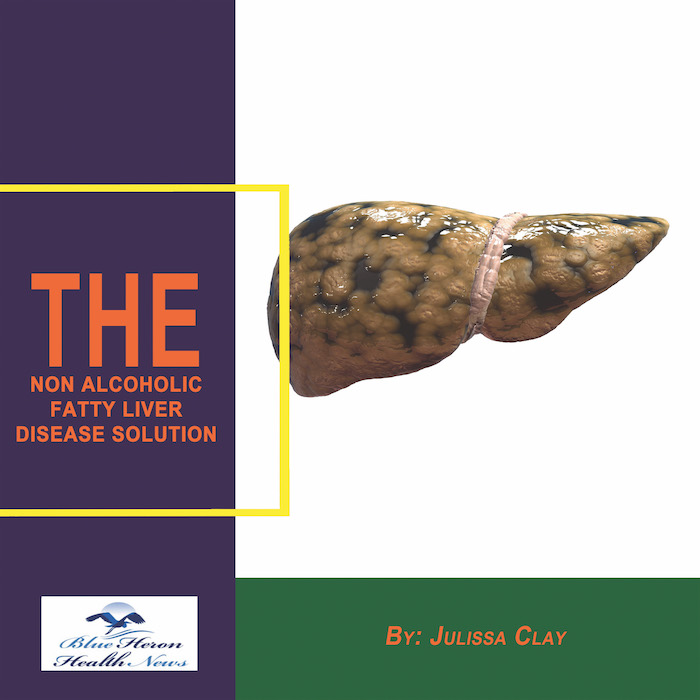
The Non Alcoholic Fatty Liver Strategy™ By Julissa Clay the program discussed in the eBook, Non Alcoholic Fatty Liver Strategy, has been designed to improve the health of your liver just by eliminating the factors and reversing the effects caused by your fatty liver. It has been made an easy-to-follow program by breaking it up into lists of recipes and stepwise instructions. Everyone can use this clinically proven program without any risk. You can claim your money back within 60 days if its results are not appealing to you.
What is the role of a nail biopsy in diagnosing onychomycosis?
A nail biopsy plays an important role in diagnosing onychomycosis, which is a fungal infection of the nail. While a nail biopsy is not always the first diagnostic approach, it can be particularly useful when other methods do not provide clear results or when there is uncertainty about the cause of the nail abnormality. Here’s how a nail biopsy is used in diagnosing onychomycosis:
1. Confirmation of Diagnosis
- A nail biopsy helps confirm the presence of a fungal infection when clinical symptoms (such as discoloration, thickening, or crumbling nails) are present, but the cause is unclear.
- It is particularly helpful when the clinical presentation might suggest onychomycosis, but the symptoms could also be caused by other conditions like psoriasis, eczema, or trauma. A biopsy helps rule out other possible conditions and ensures an accurate diagnosis.
2. Collection of Tissue for Fungal Culture or Microscopic Examination
- During a nail biopsy, a small sample of the nail or surrounding tissue is removed for laboratory analysis. This can include:
- Fungal cultures: The sample is cultured to identify specific fungal organisms (such as dermatophytes, yeasts, or molds) that are responsible for the infection.
- KOH (Potassium Hydroxide) microscopy: The tissue sample is examined under a microscope after treatment with KOH to observe fungal elements like hyphae, which indicate a fungal infection.
- Histopathology: A biopsy can be sent for histological examination to evaluate the tissue structure and confirm the presence of fungal organisms invading the nail or nail bed.
3. Identifying the Specific Fungus
- A biopsy can help identify the specific type of fungus causing the infection, which is crucial for determining the most effective treatment. Different fungi (e.g., dermatophytes, Candida, or non-dermatophyte molds) may require different antifungal treatments.
- By identifying the type of fungus, the clinician can choose between topical treatments or oral antifungal therapies, as well as tailor the treatment regimen for the specific pathogen involved.
4. Differentiating Between Onychomycosis and Other Nail Disorders
- Onychomycosis shares symptoms with other conditions, such as psoriasis or eczema, which can affect the nails. A nail biopsy helps to differentiate onychomycosis from other diseases that may cause similar nail changes.
- In cases where the infection does not respond to initial treatment or the diagnosis is uncertain, a biopsy can help confirm whether the nail changes are fungal in origin.
5. Determining the Severity of the Infection
- A biopsy can also help assess the depth and extent of the fungal invasion in the nail and nail bed. This information is useful for determining the most appropriate treatment and whether systemic therapy (oral antifungals) or topical treatment is needed.
When is a Nail Biopsy Used?
- When other diagnostic tests (such as nail scraping or KOH microscopy) are inconclusive or show negative results, yet clinical suspicion of onychomycosis remains high.
- In chronic or severe cases where a definitive diagnosis is required before initiating treatment.
- If a non-dermatophyte fungal infection is suspected, which may be harder to identify through routine KOH microscopy or culture.
Conclusion:
While a nail biopsy is not always the first-line diagnostic tool for onychomycosis, it is highly valuable when there is diagnostic uncertainty, the condition is resistant to treatment, or when an atypical presentation is observed. It provides a more precise and detailed analysis of the fungal infection and helps guide appropriate treatment decisions.
Polymerase Chain Reaction (PCR) is an advanced molecular technique used to diagnose onychomycosis by detecting the genetic material (DNA) of fungi in nail samples. PCR is a highly sensitive and specific method for identifying the presence of fungal infections and can be particularly useful in diagnosing onychomycosis when other tests, such as KOH microscopy or fungal cultures, are inconclusive. Here’s how PCR is used in diagnosing onychomycosis:
1. Identification of Fungal DNA
- PCR works by amplifying small amounts of fungal DNA present in the nail tissue. The method targets specific genetic markers that are unique to fungi, such as ribosomal RNA genes or chitin synthase genes.
- Once the DNA is amplified, it can be analyzed to identify whether specific fungi (e.g., dermatophytes, Candida, or non-dermatophyte molds) are present in the nail sample.
2. High Sensitivity and Specificity
- PCR is known for its high sensitivity, meaning it can detect even small amounts of fungal DNA in the nail tissue, which is particularly helpful when the fungal load is low or when the infection is in the early stages.
- It is also highly specific, meaning it can accurately identify the species of fungi causing the infection, which is essential for determining the most effective treatment. Unlike culture methods, PCR can detect fungi even if they are difficult to grow in a lab setting.
The Non Alcoholic Fatty Liver Strategy™ By Julissa Clay the program discussed in the eBook, Non Alcoholic Fatty Liver Strategy, has been designed to improve the health of your liver just by eliminating the factors and reversing the effects caused by your fatty liver. It has been made an easy-to-follow program by breaking it up into lists of recipes and stepwise instructions. Everyone can use this clinically proven program without any risk. You can claim your money back within 60 days if its results are not appealing to you